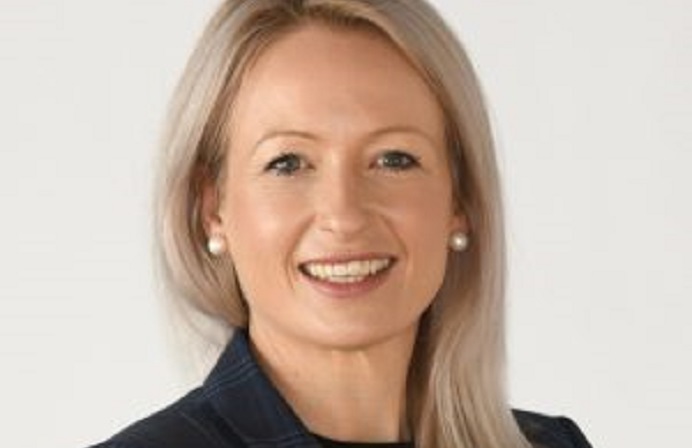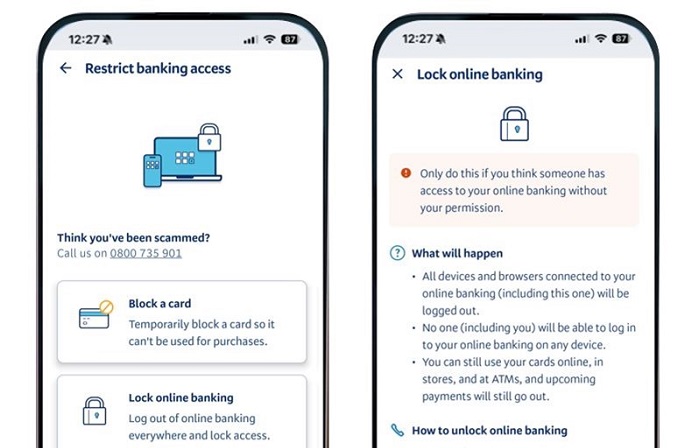
The Federal Government’s proposed Scams Prevention Framework (SPF) burdens consumers with “a seemingly impossible dispute resolution system”, with no guarantee of compensation after an up to two-year redress process, according to a group of allied consumer advocacy organisations.
The group, led by the Consumer Action Law Centre (CALC) and joined by Choice, Financial Counselling Australia and the Consumer Policy Research Centre among seven peak consumer protection organisations, lodged their submission [pdf] to the Government’s consultation on the exposure draft of the recently released Scams Prevention Framework.
The group called for “one fundamental change” to the SPF – a tweak that would result in significantly fewer steps for consumers to lodge and less time for businesses to process a scam reimbursement claim.
According to Consumer Action Law Centre chief executive Stephanie Tonkin, this approach would offer a “world-leading… straightforward and uniquely Australian model of reimbursement”.
The proposal no doubt takes its cues from the UK’s reimbursement model, which obligates banks to reimburse victims of scams where there is a direct financial loss.
As proposed in the draft SPF, a typical bank customer requires redress from all institutions involved – including banks, telco, and digital platforms. Mapping out this compensation process, the CALC argued that this process could involve up to 30 separate steps for consumers, involve considerable information asymmetries in favour of businesses, and take between 18 months and two years to resolve and for victims to receive recompense.
“When you reach the part that concerns victims, you see the SPF burdens consumers with navigating a seemingly impossible dispute resolution system that will convince most people to give up right at the start,” Tonkin said.
This journey map illustrates that the currently proposed SPF Response approach “is unworkable and stacked against the consumer”, she added.
The submission by the consumer advocacy group seeks to recast the ‘Response’ principle in the SPF into a ‘Modified Reimbursement Framework’.
The proposed model would cut this reimbursement process to as few as four steps, with a scam victim able to ensure redress in “weeks” rather than “months or years”.
“A Modified Reimbursement Framework will establish the necessary incentives into the system to motivate our institutions to take stronger actions under the prevent, detect, report and disrupt steps of the SPF,” the CALC-led group wrote in its submission.
Top of the consumer advocacy groups’ recommendations was a presumption of bank reimbursement: this, the CALC acknowledged, would go “a step further than the UK model”, obligating banks to initially compensate scam victims who have suffered a financial loss.
Other businesses will then repay their apportionment contributions to the bank, business-to-business, after the bank repays the consumer.
The SPF would also set or require sectors to agree to binding apportionment defaults at internal dispute resolution and external dispute resolution – for instance, if a telco lets a scam text through, they would be liable for 30 per cent of the claim; a receiving bank hosting a mule account would be liable for, say, 40 per cent, and so on.
Among the other changes proposed include the introduction of “consumer-centred internal dispute resolution (IDR)”, with the evidentiary sitting with SPF [Scams Prevention Framework] entities, which would be obligated to reimburse consumers “in a timely manner” – with a proposal of 10 business days for a bank to respond and reimburse, in most cases.





